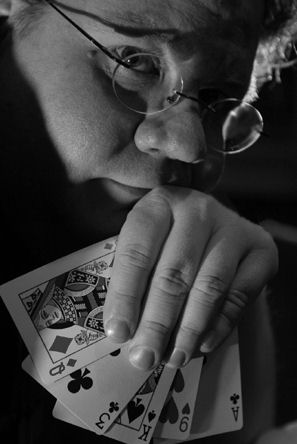Since 1970, the Magic Collectors Association has chosen a Guest of Honor. This year, like last, we have multiple honorees- Ray and Ann Goulet and Dr. Gene Matsuura.
I’ve seen Dr. Matsuura at several of these collector/history conferences, but never had the pleasure to meet him. This would be my first experience with his story. An experience I was sharing with many others because Dr. Matsuura is sort of the “quiet” man around these gatherings. David Ben introduced him and illustrated his secretive nature with a story:
Dr. Matsuura was drafted to do a “teach a trick” session at one convention. He was having quite a bit of anxiety over this when he was asked to take a look at another attendee who might be having a heart attack. He replied, “Okay, but no teach a trick.” The answer came back to Gene, “we’ll let him die.”
First a brief word about his life outside magic: Dr. Matsuura is a native Californian, born in 1940. He spent his early years in the Arizona desert in a WWII internment camp. Later, after graduating from medical school in 1967 and despite the shameful treatment he received from his country, he served overseas in the U.S. Armed Forces. A former ER doctor, he is retired from active medical practice.
Dr. Matsuura caught the magic bug at age ten with the help of his older brother. That older brother ordered a sent of Chinese linking rings from the Johnson Smith & Co. He wasn’t interested in magic—he needed to know the secret. Once revealed, the rings held no more interest so; he sold that trick (at full retail) to his little brother and created a magician.
He would become student, friend, confidant to some the greatest magicians of the twentieth century: Dai Vernon, Charlie Miller, Ross Bertram, and especially close to Tony Slydini. In the shadow of these greats he became a sleight of hand expert, his personal annotations appearing in The Annotated Magic of Slydini. (2001 L&L pub)
Reluctantly, Dr. Matsuura spoke of his journey to magic, noted his difficultly speaking about himself, and revealed part of his collection. Most of it centers on choice pieces from his influences, Winston Freer, Dai Vernon, Tony Slydini, and Ross Bertram. Many of the pieces being props and costumes directly from the performers’ acts. He also added pieces of fine workmanship like from the craftsman John Martin.

No comments:
Post a Comment